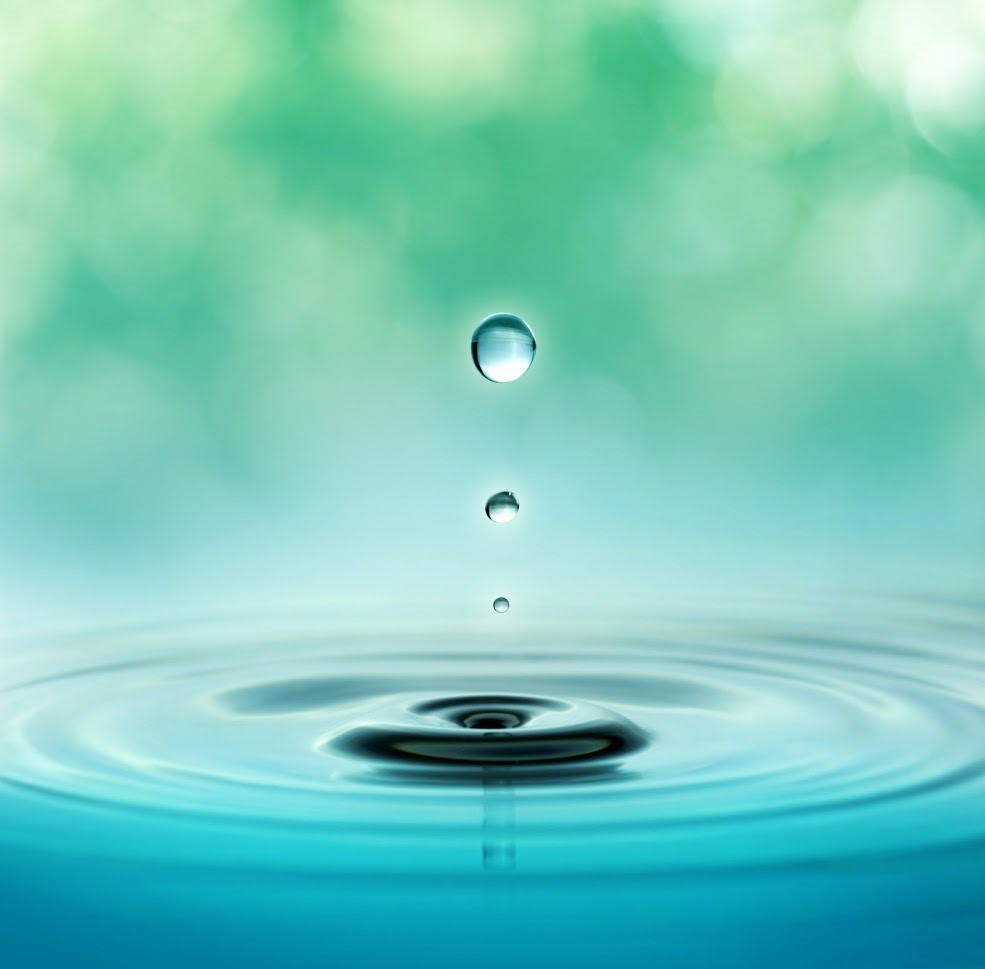Surface Aeration Versus Sub-Surface Aeration: Which Is Right for You?

What do wineries, hog farms, and wastewater treatment plants have in common? Owners in each of these industries often create and maintain large bodies of water on their property, such as ponds for vineyards or municipal wastewater treatment areas.
Additionally, businesses within these industries suffer if the water they rely on does not contain enough oxygen. Fortunately, aeration – the addition of adequate amounts of oxygen to a body of water – ensures ponds, lagoons, and treatment areas are maintained in optimal condition.
As an employer, owner, or operator in one of the industries mentioned above, you can choose between several types of aeration to preserve your pond, most notably surface aeration and sub-surface, or bottom-up, aeration.
Wondering which type of aeration is right for your property and industry? Keep reading. This post breaks down how each type of aeration works and can help you decide which one is a better fit for your business.
What Is Surface Aeration?
Surface aerators float along the top of a body of water with each unit tethered to the other across the surface.
Some surface aerators pull water from the top of the body of water and fling it into the air, disturbing the surface of the water and forcing air bubbles down to quickly, efficiently infuse the pond with oxygen. These types of aerators often offer decoration alongside function, such as fountains in the center of ornamental water features.
Other surface aerators pull air from the atmosphere just above the top of a pond and force it down a tube to a rotating subsurface turbine. Once inside the turbine the air is slung outward and downward at a high speed where it infuses the water with dissolved oxygen. Instead of flinging water across the pond’s surface, these floating aerators inject air below the surface in a continuous motion.
Because they disrupt the water’s surface, surface aerators prevent algae from blooming and smothering healthy bacteria and life in your water. Those aerators which sling water across the water surface are prone to freezing in severe winters. In contrast, floating turbine aerators which discharge air below the surface keep ponds, lagoons, and treatment areas from freezing in the winter, which means you are able to use the water year-round.
What Is Sub-Surface Aeration?
If you choose sub-surface aeration, you will be installing an oxygen generator at the bottom of your body of water, most likely in the form of bubble diffusers. The aerator releases bubbles that infuse the water with oxygen as they rise to the surface.
Sub-surface aerators are ideally suited to large, deep bodies of water. The deeper the pond, the more water each bubble displaces as it rises – which means the oxygen efficiently spreads to aerate the entire body of water.
Which Type of Aeration Works Best?
The right type of aeration for you may depend entirely on your unique business and industry. For instance, if your body of water is fairly shallow, a floating surface aerator will be easier to install and can mix the water enough to effectively aerate the entire body. On the other hand, if you manage a deep, wide body of water, a sub-surface aerator could work best instead.
As you weigh different types of aerators, consider these key factors:
How large is the aerator, and how many aerating units do you need to install to adequately aerate the entire body of water? How efficient is the aerator?
How much maintenance will the aerator require over its lifetime? How costly is installation?
As you compare costs between different types of aerators, don’t forget to calculate repairs as well as the cost per unit and installation. Ideally, your aerator is a good investment that serves you well for years to come – the more repairs an aerator demands, the less return on your investment you’ll get as the years go by.
Learn More About Surface Aeration
Looking for quality surface aeration for your vineyard, farm, or brewery? The VaraCorp floating surface lagoon aerator system is built for efficiency and requires little to no maintenance. Get in touch with VaraCorp to discuss your project and start your quote.
